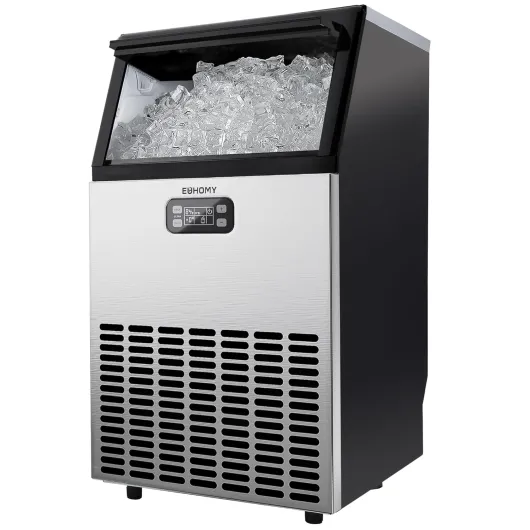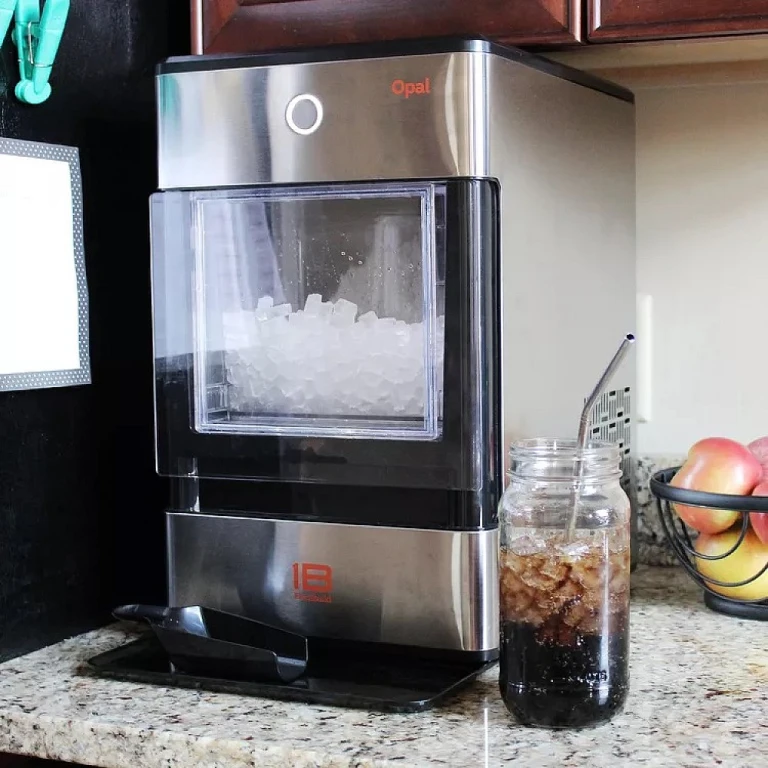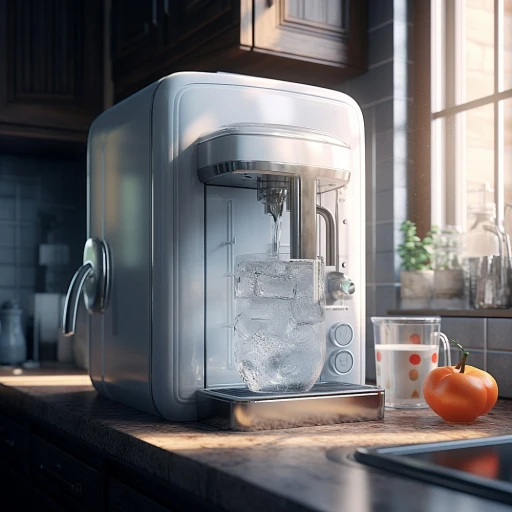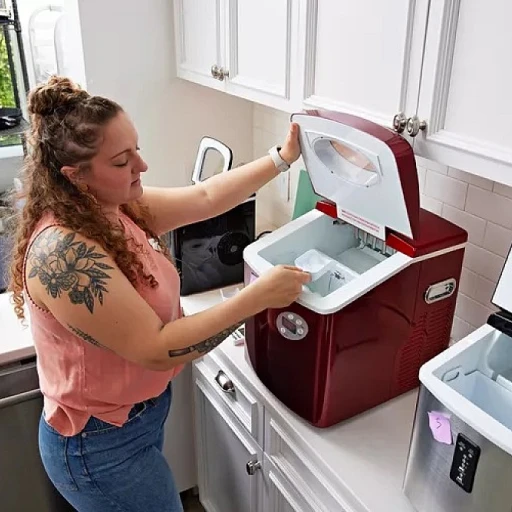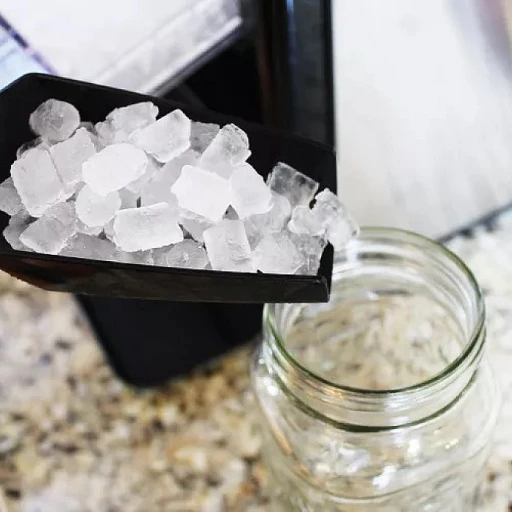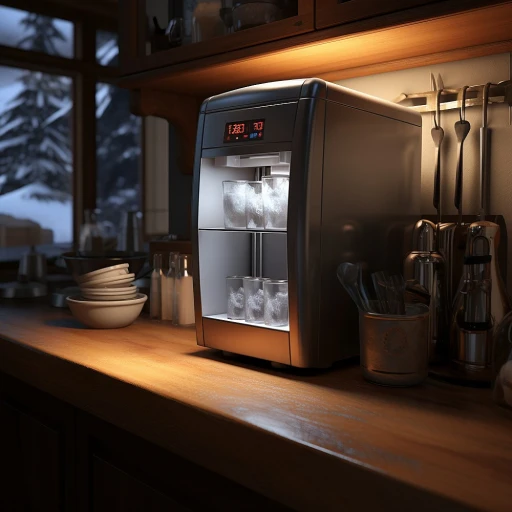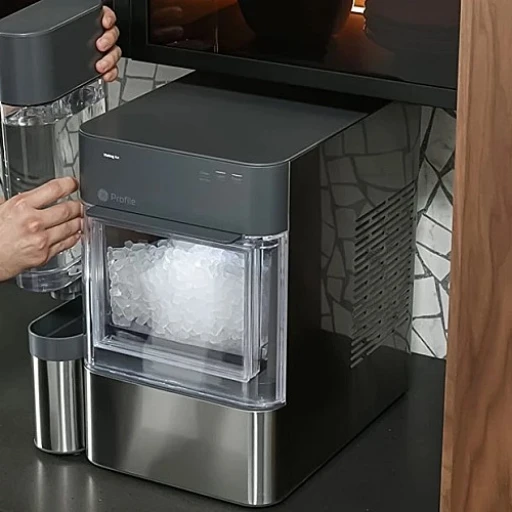
Understanding Built-In Ice Makers
Exploring Built-In Ice Makers
Beneath sleek countertops and behind custom panels, built-in ice makers are the epitome of convenience and style for any modern kitchen. Designed to seamlessly integrate into your cabinetry, these devices ensure you have a consistent supply of ice without compromising on space or aesthetics.
The main advantage of built-in ice makers lies in their design and adaptability. They are crafted to fit perfectly under a counter or within a dedicated space, making them an excellent choice for households looking to maximize space efficiency. When selecting the perfect model, consider various ice production capabilities, storage capacities, and unique features that cater to your lifestyle and entertainment needs.
Built-in ice makers often feature impressive production rates, capable of delivering up to 50 pounds of ice per day, depending on the model. Beyond production, the type of ice is also crucial. Whether you fancy clear, gourmet, nugget, or crescent ice, there is a built-in model that caters to your preference, turning your home into a commercial-grade ice supplier.
With their professional-grade performance and streamline design, built-in ice makers also bring a sense of luxury and efficiency that is hard to match among other types. As you embark on selecting the ideal undercounter model, it's essential to explore factors such as installation requirements, maintenance practices, and the additional features available across top-ranked brands. Each of these aspects plays a pivotal role in enjoying the longevity and performance of your ice maker.
Key Features to Look For
Critical Aspects to Consider
When venturing into the realm of built-in ice makers, several features stand out as essential determinants in choosing the best model. These considerations will seamlessly align with your specific needs and lifestyle.- Ice Production Capacity: Assess how much ice you typically need on a daily basis. Models vary significantly in capacity, with some producing as much as 50 lbs per day, which can be ideal for large families or those who entertain frequently.
- Ice Type Options: Built-in ice makers often offer a variety of ice types, such as crescent, cube, or nugget. Consider what suits your preferences and usage, whether it's for beverages or cooling seafood displays.
- Storage Capacity: Adequate storage is crucial, especially if there's a higher demand in a short time frame. Choose a model that aligns storage with production capability but keep in mind its footprint.
- Energy Efficiency: Opt for energy-efficient models that can reduce operational costs and environmental impact. Look for certifications or energy ratings as indicators.
- Noise Levels: Noise can be a significant factor, particularly in open kitchen spaces. Check decibel ratings and reviews to find quieter appliances that won't disrupt your home environment.
- Filtration System: A quality built-in ice maker should have an effective filtration system to ensure clean and fresh ice. Regular maintenance will be easier if the filtration system is built to last and is easily accessible.
Installation Considerations
Installation Factors to Consider
When it comes to setting up a new undercounter ice maker, proper installation is crucial for optimal performance and longevity. There are several key factors to consider, making the transition from out with the old a seamless process.
- Space Requirements: Measuring is vital. Ensure you have sufficient space to accommodate the ice maker, keeping in mind ventilation needs. It's typically recommended to leave about an inch of clearance on all sides.
- Electrical Setup: An undercounter ice maker usually requires a dedicated outlet. Ensure the electrical setup in your kitchen can support this appliance, focusing on voltage and amperage requirements.
- Water Supply: A steady and reliable water supply is essential. This will also determine the ice maker's efficiency in producing ice. You may need professional installation to connect the water line.
- Drainage Solutions: Consider whether your ice maker needs a gravity or pump drain system. A built-in drain pump can facilitate drainage in spaces where traditional options aren't feasible.
Thorough planning and consideration of these installation factors will help ensure your ice maker operates smoothly, bringing convenience and efficiency to your kitchen setup.
Maintenance and Cleaning Tips
Keeping Up with Regular Cleaning
Cleaning your undercounter ice maker regularly ensures it continues to produce high-quality ice without any unpleasant odors or flavors. Most manufacturers recommend cleaning every six months or when you notice a decrease in performance. Use a mixture of water and vinegar or specialized ice machine cleaning solutions, but always follow the manufacturer’s instructions to avoid damaging your unit.Preventing Mineral Build-Up
Mineral deposits can accumulate from water supplies, leading to scale build-up that affects efficiency. To prevent this, use a water filtration system. This not only extends the life of your ice maker but also improves ice quality, making it a worthwhile investment.Regular Inspections and Part Replacements
An ice maker comprises several components like water pumps, hoses, and filters. Regularly inspecting these parts can catch potential issues early. Replace filters periodically, typically every three to six months, to maintain the purity of your ice and enhance the machine’s performance.Ensuring Optimal Ventilation
Proper ventilation is crucial for built-in ice makers. Ensure there’s enough space around the appliance for air circulation. This prevents overheating and ensures efficient operation. Check the manufacturer's guidelines for specific clearance requirements. Incorporating these tips not only helps in maintaining your ice maker but also maximizes your investment in the long run. Keep in mind, these appliances require some attention, but with the right care, they will provide you with refreshing, clean ice for years to come.Comparing Built-In Ice Makers to Other Types
Evaluating Built-In Ice Makers Against Alternatives
When considering the purchase of an ice maker, it's essential to weigh the benefits of built-in models versus other types available on the market. Built-in ice makers, sometimes also referred to as undercounter ice makers, present a streamlined aesthetic, integrating seamlessly with kitchen cabinetry and saving valuable countertop space.
Some key reasons for choosing a built-in model over alternatives include:
- Space Efficiency: Unlike countertop ice makers that can dominate limited kitchen space, under-the-counter installations allow for a tidier appearance and increased workspace.
- Production Capabilities: Built-in ice makers typically boast higher ice production capacities compared to portable models. This feature is particularly useful for larger households or frequent entertainers.
- Aesthetic Integration: The finished look of built-in units aligns more closely with modern kitchen designs, particularly when paired with matching cabinetry panels.
That said, other types of ice makers, such as portable or commercial-sized models, may suit specific needs better. For instance, portable units offer flexibility, ideal for those who require mobility or plan to use their ice maker in different locations. Similarly, commercial ice makers can be a necessity for establishments that demand substantial ice volumes.
Ultimately, deciding between different ice maker types rests upon considerations such as budget, installation constraints, and the scale of ice production required. Exploring these avenues will help you find the ideal setup for your needs and preferences.
Top Brands and Models
Evaluating the Leading Names in Built-In Ice Makers
When embarking on the search for a suitable undercounter ice maker, it's crucial to be well-informed about the leading brands and what each brings to the table. While several brands stand out, understanding their unique offerings can significantly impact your decision.- Scotsman: Known for their efficient ice production and durability, Scotsman ice makers are ideal for those who prioritize reliability. Their models often incorporate energy-saving features, aligning with your needs for effective performance without skyrocketing energy bills.
- U-Line: U-Line products typically offer a sleek design and technological integration. They also tend to excel in noise reduction, making them a great choice if you prefer a quieter kitchen environment.
- KitchenAid: If versatility is high on your list, KitchenAid might catch your eye. Their designs often encompass both aesthetics and appliance efficiency, delivering both style and function.
- Sub-Zero: This brand is synonymous with luxury and premium build. Their models focus on delivering a high-end experience, with features like automatic cleaning functions enhancing user convenience.
-logo-retina.jpg)


